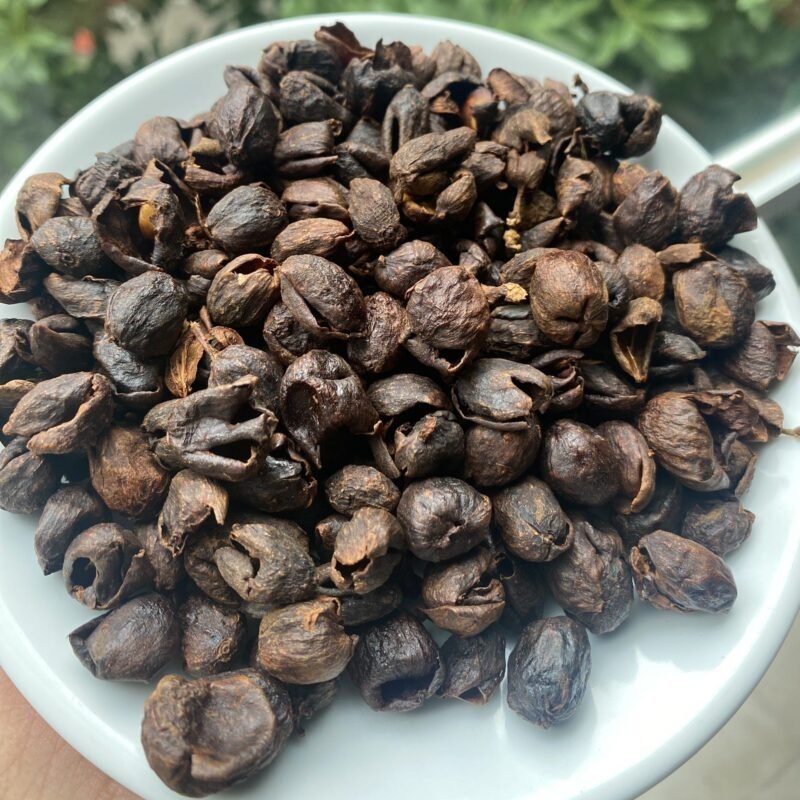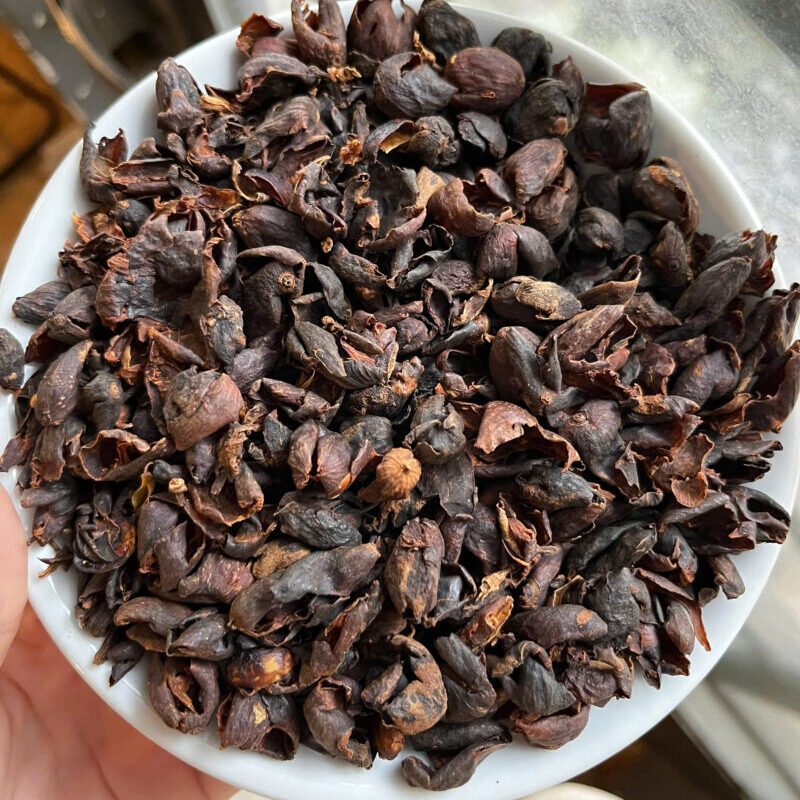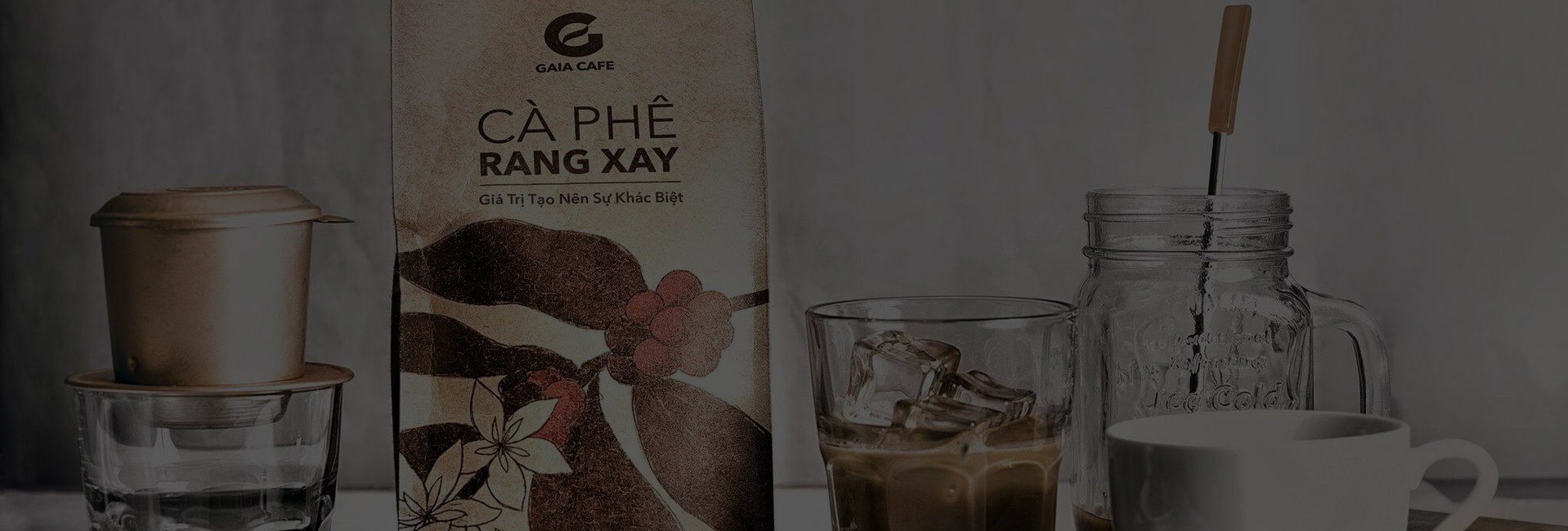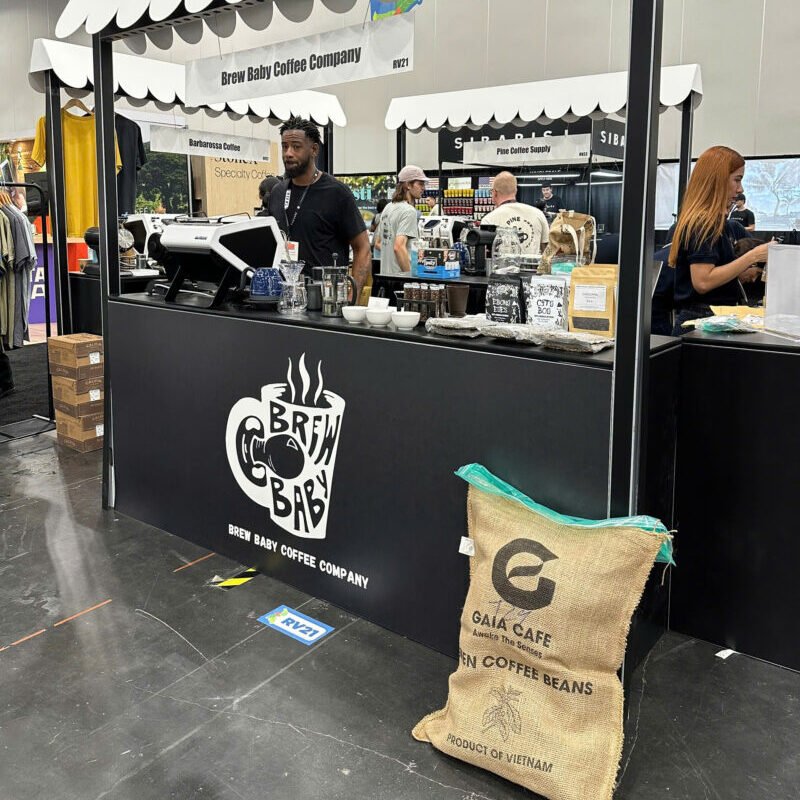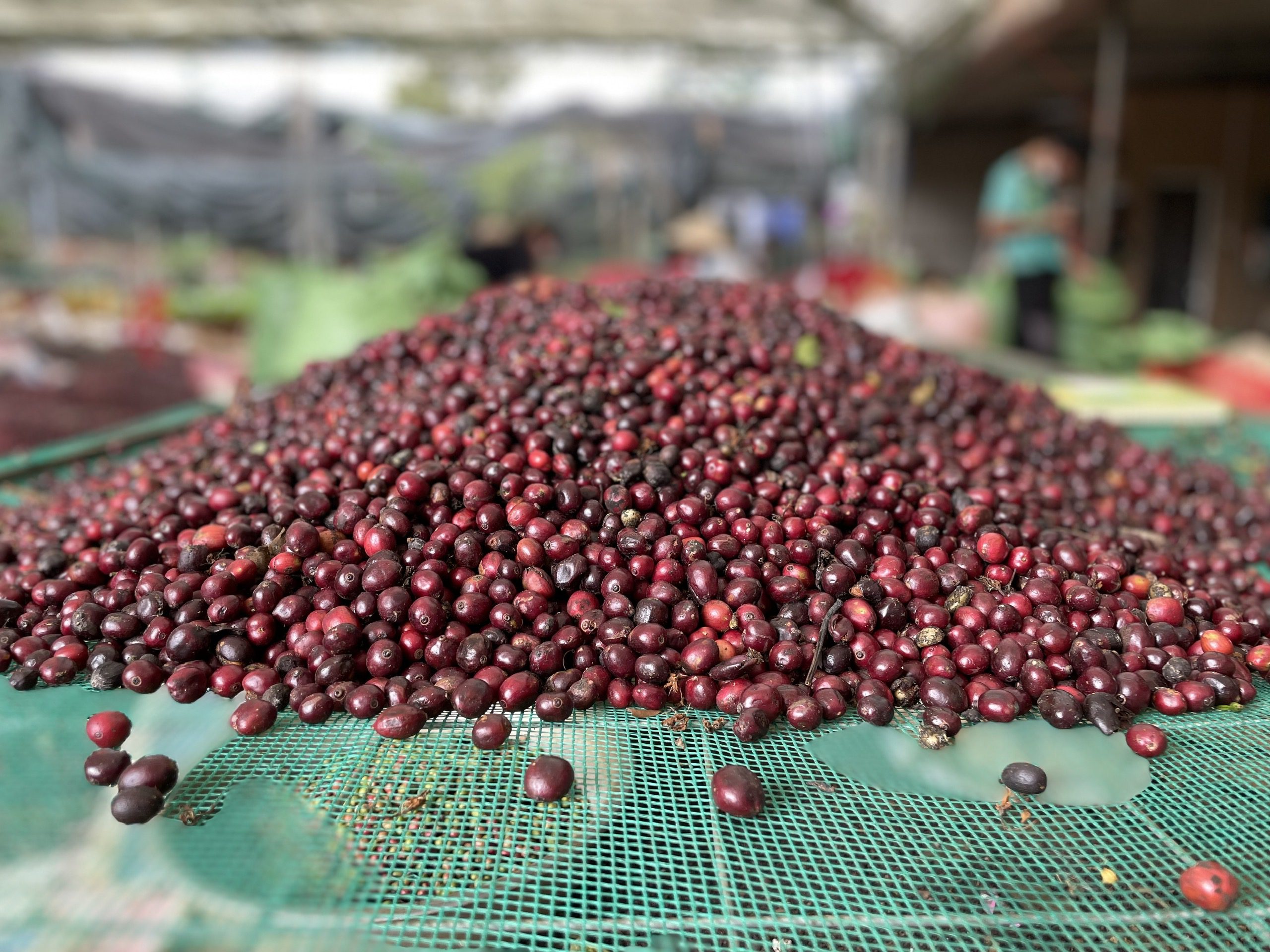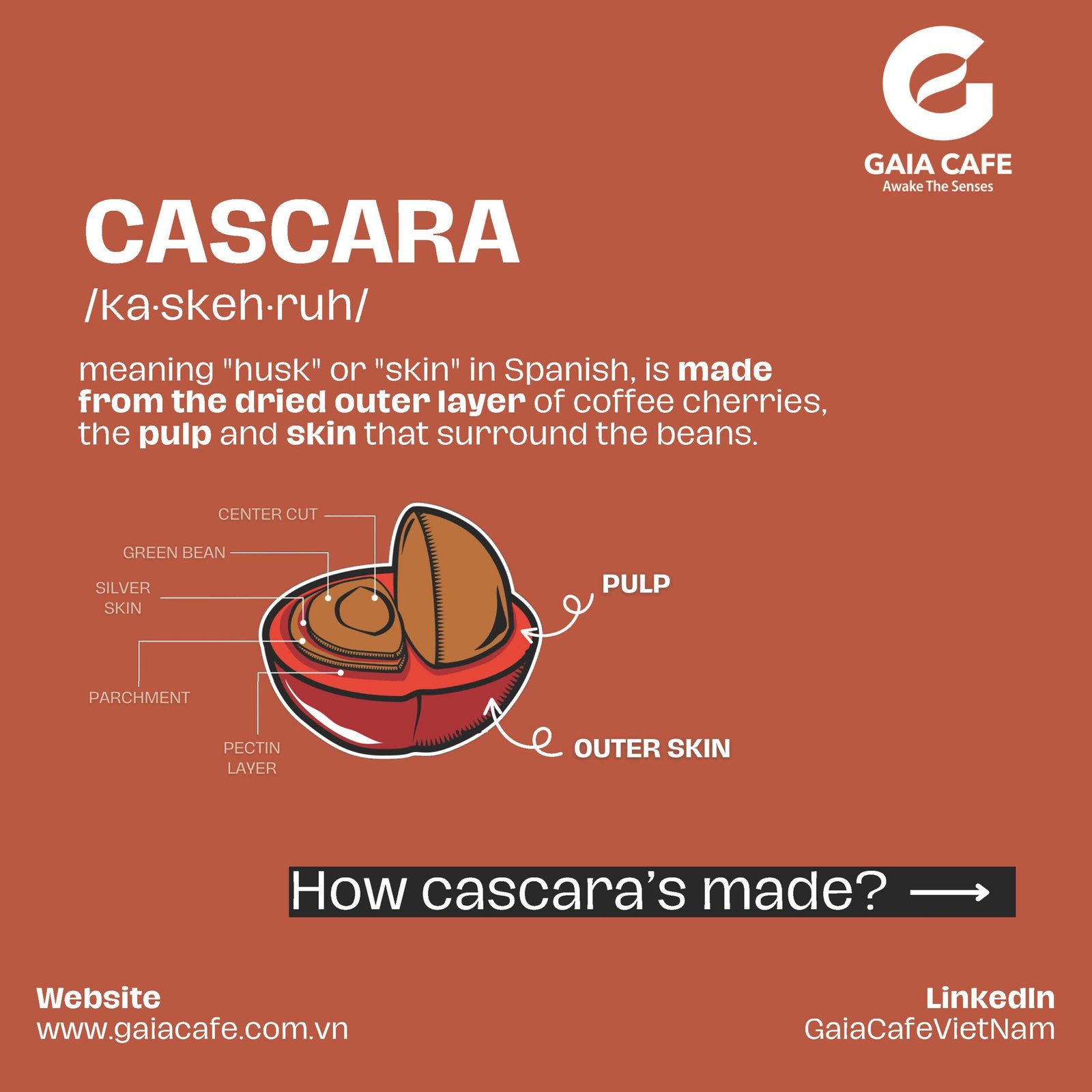
The Tale of Two Cascaras
There's Cascara This, and There's Cascara That
Cascara always refers to the dried skin (and sometimes pulp) of the coffee cherry. It is essentially the fruit (skin and mucilage) surrounding the coffee bean that is usually dried and then made into a tea. While it may sound like a single product, I’ve come to find out very recently that there is actually another type of Cascara totally different from the kind that we produce here at Gaia. The basic details about it are already covered in the other blog on Cascara, so this blog post serves more as a clarification on the various types of Cascara out there, as I too had a misunderstanding in the beginning. Apparently, there is Cascara this, and there is Cascara that.
The biggest distinction is by processing methods. Cascara could be made via natural/dry or wash/wet processes, which is in a way very similar to the typical post-harvest production of green coffee beans. In this case, the types of Cascara are determined by how the cherry is processed before or after bean removal.
By Processing Methods: Natural and Wash
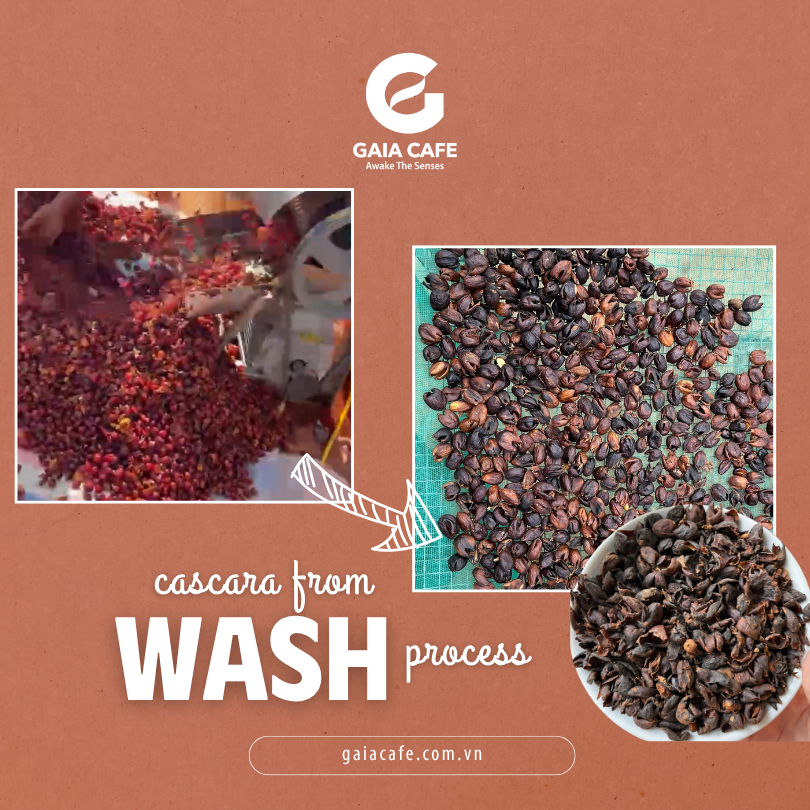
The skin and pulp of ripe coffee cherries are removed early, soon after being harvested and cleaned in the flotation tank. Then the husks (cascara) and the fully-washed coffee beans are sun-dried on raised-drying beds separately. With this method, the cascaras retain all of the nutrients and sweetness inside the mucilage, the flavors will come out more honey-like, with hints of tropical fruit and citrus fruit. If roasted, the sugar content which remains intact inside the cascara would caramelize, thus giving us an even sweeter flavors and deeper color after brewing.
This is what we produce at Gaia, on which I have written quite extensively throughout this website and other social media platforms. Only the ripe coffee cherries are washed and pulped freshly within the same day of harvest to avoid over-fermentation and to achieve quality consistency across all lots. And because it was intentionally produced for the sole purpose of human consumption, we take additional measures to ensure all health and food safety parameters are monitored and met.
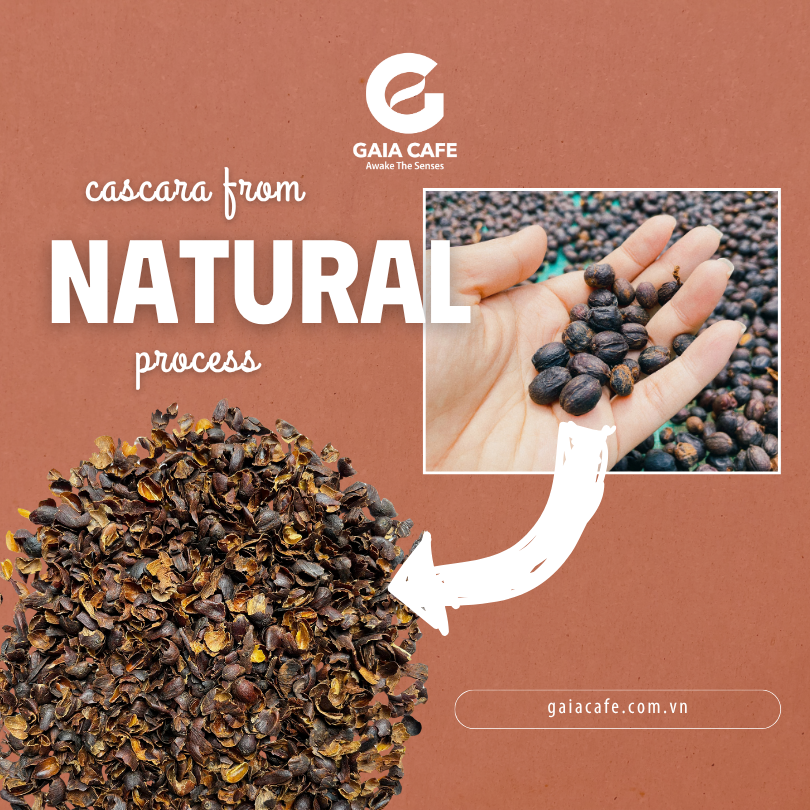
The whole coffee cherries are dried first (also technically known as whole-fruit dried, for those CQI / SCA people), then the dried cascaras are removed from the dried coffee beans and collected through a process called milling or hulling. With this method, most if not all of the nutrients and juicy goodness are soaked into beans and not much left for the cascaras. At this point, the cascaras are simply cellulose carcass (I just realized how these two words sound so similar) of the beans, a true byproduct in every sense of the word.
Since there’s no sugar left in it, this kind of cascara doesn’t need roasting (no caramelization happening here). When brewed, it leans toward clean, herbal, almost tea-like flavors. Just a heads-up though — sometimes a bit of parchment (that papery layer between bean and fruit) sneaks through the process. If you boil it too long, it might bring out some bitterness. So, choose your cascara wisely and find the brewing method that vibes best with your taste buds.
In the natural process, cascara is a byproduct after bean drying. In the washed process, cascara is collected freshly and dried as a separate material. This is the most important and impactful differentiation.
Are There Other Ways to Differentiate Cascaras?
Yes, of course. Once we move past the most crucial distinction – the processing method, cascaras can be further categorized by coffee varietal and origin, just like coffee beans. After all, the same factors that make a single-origin coffee stand out: cultivar and terroir, are exactly what give each cascara its unique character.
I. By Origin: Just like coffee beans, terroir plays a role in Cascara flavor.
Yemen: Traditional and deep-bodied; often used as “Qishr” tea with spices.
Ethiopia: Bright, floral, complex; often from Arabica heirloom varietals.
Central America (e.g., El Salvador, Costa Rica): Sweet, red-fruited, with clean profiles.
Vietnam (emerging origin): Usually from Catimor varietals; potential for unique honey / fruity and herbal expressions depending on processing.
II. By Cultivar or Varietals: Some producers label Cascara by coffee varietal such as
Cascara from Geisha cherries (rare, often delicate and floral)
Cascara from Typica or Bourbon (more balanced, sweet)
Cascara from Catimor (like Gaia’s)
Sources and References:
1. Specialty Coffee Association (SCA). “Coffee Taster’s Flavor Wheel & Cupping Protocols.” https://sca.coffee
2. Coffee Quality Institute (CQI). “Q Processing Program: Understanding Post-Harvest Impact.” https://www.coffeeinstitute.org
3. González de Mejía, E., et al. “Chemical Composition and Antioxidant Capacity of Coffee Pulp (Cascara) Infusions.” Journal of Food Research, vol. 6, no. 6, 2017. DOI: 10.5539/jfr.v6n6p17
